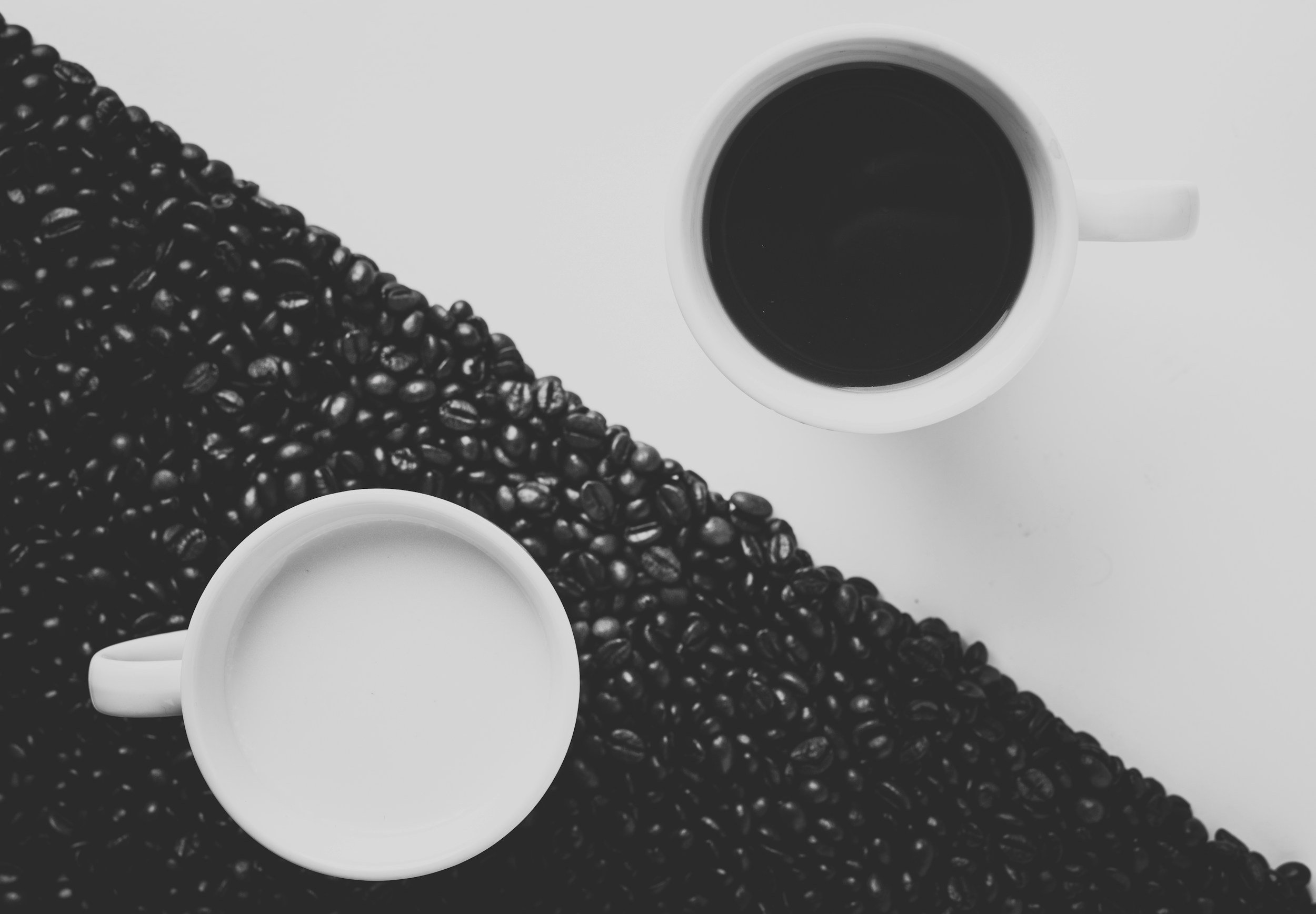
Glutes
Glute development is all the rage these days. It is very much in vogue to increase the size and to alter the shape of this aspect of anatomy. Most of us can probably appreciate why, even if it really comes down to vanity. The unappreciated part of this type of training is that it affects the mechanics of the system. Traditionally there are three different glute muscles, and they all contribute to how we move. Training them to get really good at their job may limit the effectiveness of reciprocal musculature.

Velocity
Most of us are stretched thin for time during a typical day. There are things to do and not enough time to do them. We attempt to move faster in order to get our stuff done, however that comes at the cost of producing force. In general terms, we sacrifice some strength to cover more ground. As time goes by this becomes our default strategy, we focalize where we generate force and non-uniform pressures develop.

Sciatica
Sciatica is another one of those diagnoses that gets thrown around without real consideration of what it means. There are a number of ways to irritate neural tissue like the sciatic nerve, however there are also many solutions to altering the circumstances that led to the problem.

Evolving Anatomy
As time moves forward, that ability to evolve slows down and that may reduce our choices. Although it is difficult to let go of old habits, the signal that it is time to move on is an opportunity to try your hand at something new. Change may not be easy, but it is necessary.

Tight Hamstrings
This is one of the most predictable diagnoses in orthopedics and is attributed to a number of painful issues. I cannot speak to the origin of this proposed problem, however it is pervasive in its application to low back pain, knee pain and many others. Unfortunately having tight hamstrings is an overly reductive viewpoint on what may actually be causing the problem.

The Smudge
I work with folks who have recently developed symptoms and are looking for relief. Those symptoms are often a product of the smudge. They have glued regions of their body together, such that joints are no longer, that two bones nearly fuse. By fuse I mean taking two pieces of silly putty and smushing them together. They become one, and although they may now be more capable of producing force, they have lost their refined touch. The sensations that are sent to the system revolve around one object versus the original two. The dexterity in that area has been reduced as the smudge evolves.

On Tendonitis
Your body moves with select strategies, and those strategies are reinforced over time as success mounts. If success begins to wane without an alternative option, tissues may begin to be exposed to repeated, non-uniform loading. This is where things can get ugly quickly.

Form vs. Flow
Concentrated effort and the application of high levels of energy are needed sometimes. Everything comes at a cost, and it might be your own energy you pay with. Acknowledging that intensity may not always be the solution, that giving yourself up to the situation may be just as effective in certain situations. Allowing movement to occur and minimizing effort could be a more efficient way to accomplish a given objective.

Memory
We have some ideas about what structures in the brain store information, however the long-term location and eventual retrieval is still an enigma. One of the more interesting ways to consider it, is to imagine the brain being an elastic structure that is imprintable. It may be that it is like clay before it sets, being entirely malleable and able to recreate events based off of that imprint.

Anatomical RedundAncy
For a system to successfully move, there must be measures taken to ensure that if one aspect of the system fails, the entire thing does not. This means partitioning off sections that have similar characteristics but can operate autonomously should a failure occur.

Dynamic Relaxation
In order to move, you must have space to work within. The rigidity we create reduces available space and limits our movement options. Relaxing, reducing muscle activity, creates the space needed to move differently.

Pride In the Work
Sifting through the available information is effortful and requires due diligence. It is not impossible to find someone that takes pride in the work they do as a health care provider. They do exist and they are worth the time and energy needed to find them.

Warped Anatomy
Bones bend. This is a statement rarely uttered in conversations regarding movement. The fact remains, bones are spongy and bendy. Every movement we make involves some level of bony bend

Inversion
Our anatomical organization lends itself to being biased in one direction, pushing us forward. In order to move forward however, our center of gravity must first move backward, requiring joint position changes. Inverted positions, whether via table or exercise actually promotes this shift backward.

Exhalation
Movement, with respect to something else, is how we identify change, it is how we know we’ve gone somewhere.


Notice the change
There are common issues among folks that seek physical therapy. Regardless of the region of the body affected, the typical painful outcome is a result of losing the ability to adapt or change.

Compunding Anatomy
Our best understanding to this point would be that joint movements compound over time. Yes, your neck may hurt, but the painful area is often more an outcome than a cause.

Silly putty
Our best understanding of human biology to this point indicates that we are made up mostly of water. Aside from water, there are collagen proteins that kind of act as a glue and hold us together. We can infer from materials like, silly putty, how our own tissues behave as they are made from the same stuff.

Stretch or shorten
Muscles behave like that of burlap fabric. They can be put on their maximum length, and you can put them on slack. At full length, there really is not much give.

